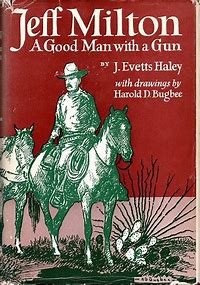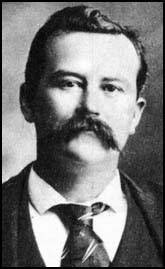50
Pym, James
Place of Birth: Oxfordshire
Date of enlistment: 11 December 1874
Age given at enlistment: 22
Rank: Private
Company: B
Location on 25 June 1876: Pack train escort & hilltop fight
50
Place of Birth: Oxfordshire
Date of enlistment: 11 December 1874
Age given at enlistment: 22
Rank: Private
Company: B
Location on 25 June 1876: Pack train escort & hilltop fight

St Mary's Church Garsington, with a Norman tower and 13th and 14th century side aisles, stands on a raised hilltop site with sweeping views across the Thames Valley. Author's collection.

Extract taken from the Register of Baptisms, Garsington Parish, Oxfordshire, Dec. 5, 1847.

Medals of Honor on display at the Little Bighorn Battlefield National Monument. Photograph courtesy of Scott Nelson.

The second headstone.

The new headstone.

Published by University of Oklahoma Press, Norman, Oklahoma, 1948.

Jefferson Davis "Jeff" Milton (1861 - 1947).

Colt .45 SAA engraved with the name of James Pym Coy B. 7th U.S. Cavalry - (Photograph courtesy of David Trevallion)
















